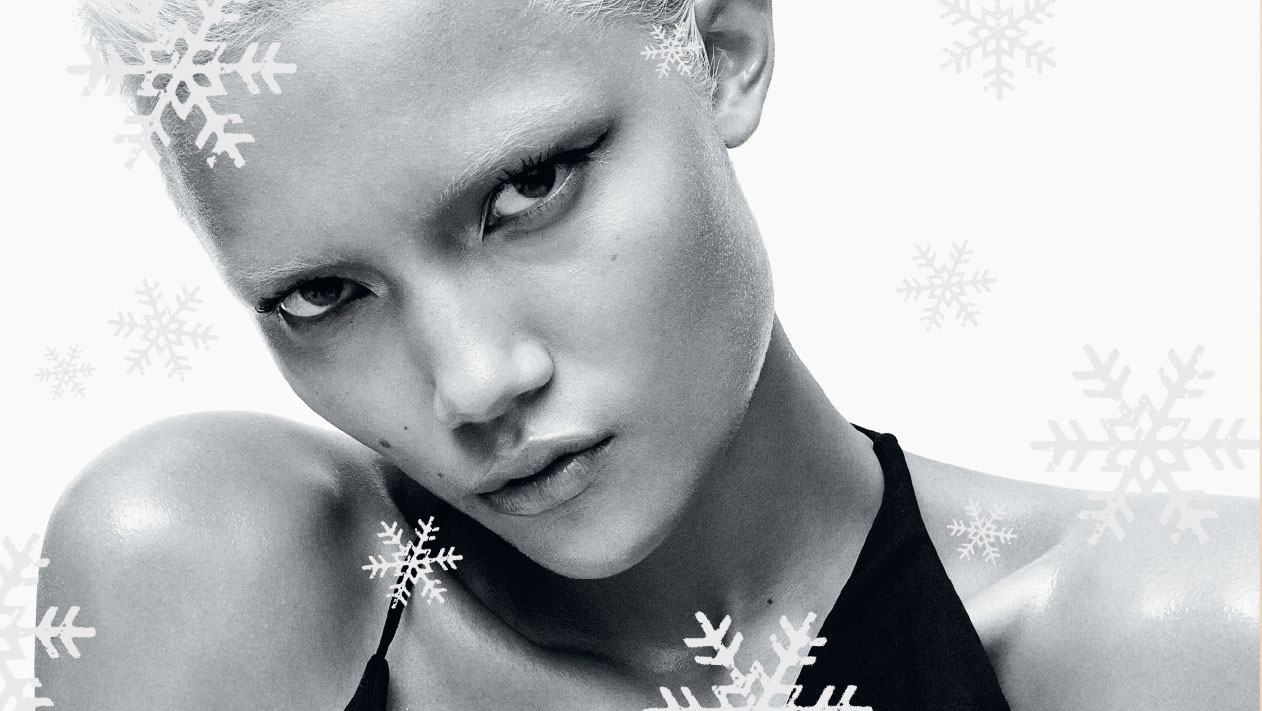On January 3rd of this year, Elle magazine hosted a panel discussing whether or not it was time to “rebrand” feminism. Like so many of these events with their unnecessary champagne sponsors and hashtags blown up and printed on the walls, there were very few words of dissent. 2014 was the year it was then decided, that feminism be transported out of the dark ages and upgraded, transformed and re-interpreted into something somehow more palatable. To be fair to Elle there’s definitely something in the assertion that some people are afraid to align themselves with certain concepts of feminism – in the age where your digital footprints hang off you like a shadow, people are less and less confident to demonstrate any kind of opinion that might indict them down the line. Still, you wonder how many of these sponsored panels spent bemoaning the connotations of a word could instead have been spent minus the bubbles actually talking to the people they’re so desperate to act as a mouthpiece for. Turns out the real problem is it wouldn’t get a shout out in the Evening Standard, so it’s not really worth it. As far as I’m concerned, feminism in 2014 got off to a pretty bad start.
From that point on things were difficult and if we’re going to talk about how feminism went viral in 2014 we probably need to talk about how journalism changed this year as well. What has emerged as the leading mid-noughties house style is a hyper-personal, testimonial way of writing which used to be found stuffed in a box in a therapist’s office somewhere, not published on an ad-riddled news amalgamator. Of course it’s as much the fault of the youth-obsessed editors trawling VICE for new voices and then commissioning them to write about something they’ve seen on Twitter with a 24-hour deadline, as it is the writers themselves. If you give young puffed-up journalists the chance to talk about anything they want (me, I’m talking about me) they tend to talk about themselves (see). This is where journalism and subsequently a lot of supposedly feminist voices in the media fell short this year; there were too many half-assed response pieces, too many recycled think pieces, too much champagne-soaked backslapping for any of it to mean anything at all. The face of feminism in the mainstream media became largely dominated by a group of young urbanites with their eyes on a salary at whatever publication would house them and their hearts set on being the “new Lena Dunham”. “Part-time ASOS addict, full-time feminist” was shoehorned into the Twitter bios of 20-somethings furiously reading The Beauty Myth in order to inform on articles that were otherwise entirely personal, and older more-seasoned journalists found it so frightening they wrote articles called things like “Spare me the selfie school of feminism” which while avoiding the personal rambling were still clickbait to the core. This thoroughly modern, uninspired and media-friendly feminism was eating itself and then writing articles about not being on a diet.
If that wasn’t bad enough, there were a few scandals that seemed to hammer the lid shut on “new” feminism. Elle‘s decision to re-make the “This is what a feminist looks like” T-shirt (owned exclusively by Billy Connolly until this year, apparently) and then publish lots of selfies of politicians wearing them was nauseating enough before the Daily Mail revealed that the mostly female workers on the production line were being paid below the living wage. (Sidenote II: even self-declared ethical brands frequently pay workers the local minimum wage as opposed to living wage, it’s much lower thanks to being forced down by lobbyists. Which is gross.) As the most basic tenets of feminism were hijacked by the mainstream the content became diluted and absurd and the comment frenzied and predictable. The more popular it became, the less sense it made.
But beneath this cacophony of voices, (my own included, of course) simmered a different kind of activism. 2014 was the year a group of young mothers from a Stratford estate took their housing struggle to the government and beyond, after being served with eviction notices. Though it did of course take a male celebrity to draw attention to them, the public’s response to those women was incredibly encouraging given how demonised poor young mothers used to be in this country. A serious discussion about masculinity has begun to emerge too, which seems far more relevant to modern feminism than a dozen articles about whether it’s sexist or empowering for your kid to dress like a princess. The idea that feminism should only tackle women’s issues is probably responsible for the backlash which pushed it out of fashion in the first place, and while there’s a lot left to be desired as far as feminism for women in minorities or trans women, it’s great people are realising that men are under pressure to conform to gender stereotypes as well. There were other quieter victories too, like the University of East Anglia deciding to stop charging VAT on tampons, an issue which took the hard work of campaigning students not a selection of carefully curated RTs. These are indisputable issues that don’t need think pieces written about them, they need awareness and support.
If I’ve learned anything from the explosion of feminism into the mainstream this year it’s that activism and education will never be eclipsed by comment. A new kind of rapacious, carnivorous journalism has emerged, often drawing on feminism in order to keep listless, dissatisfied young people pre-occupied. In my over-shared and unqualified opinion? The less time we spend engaging with it the better.
Credits
Text Bertie Brandes
Photography Daniel Jackson
